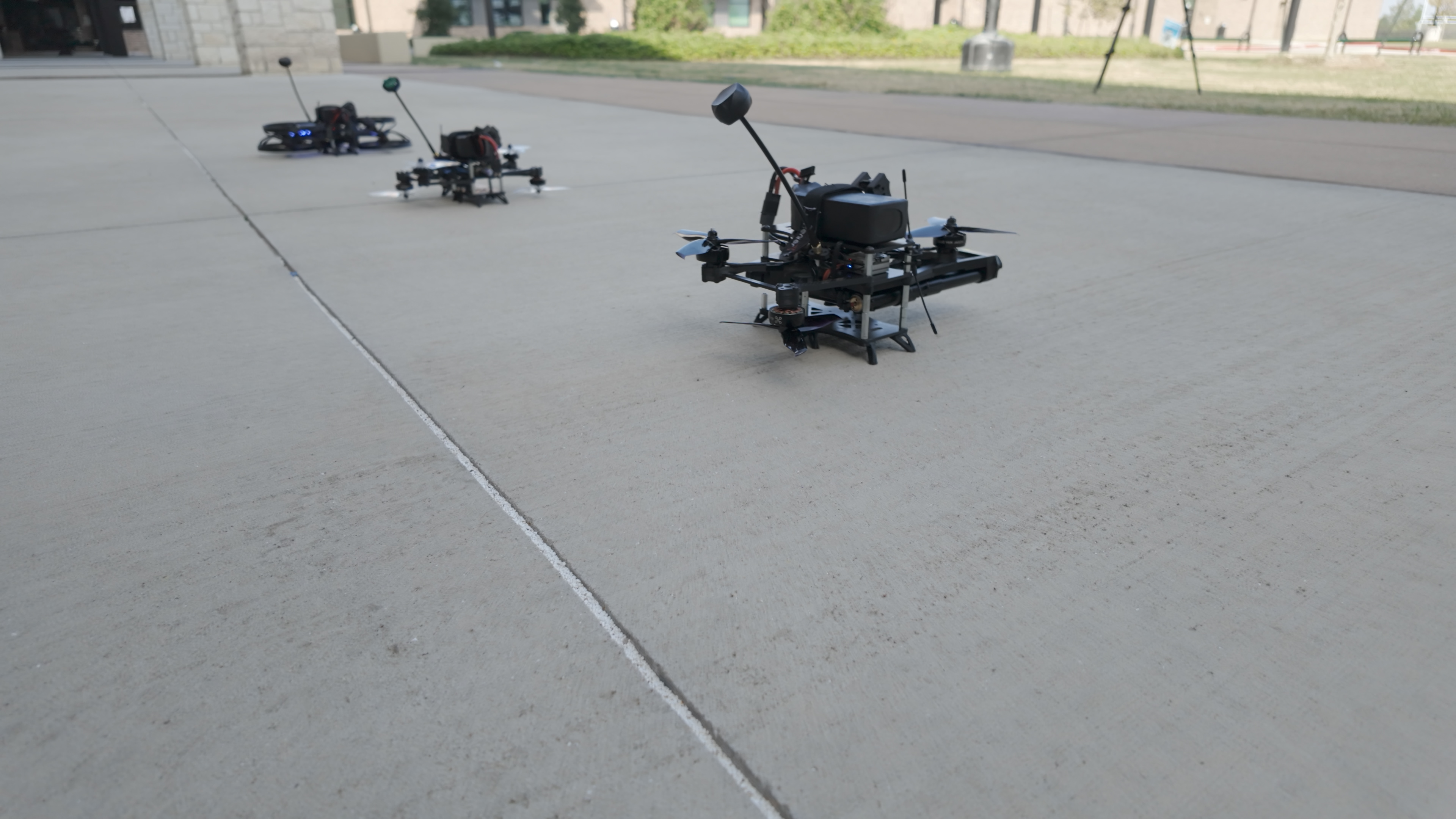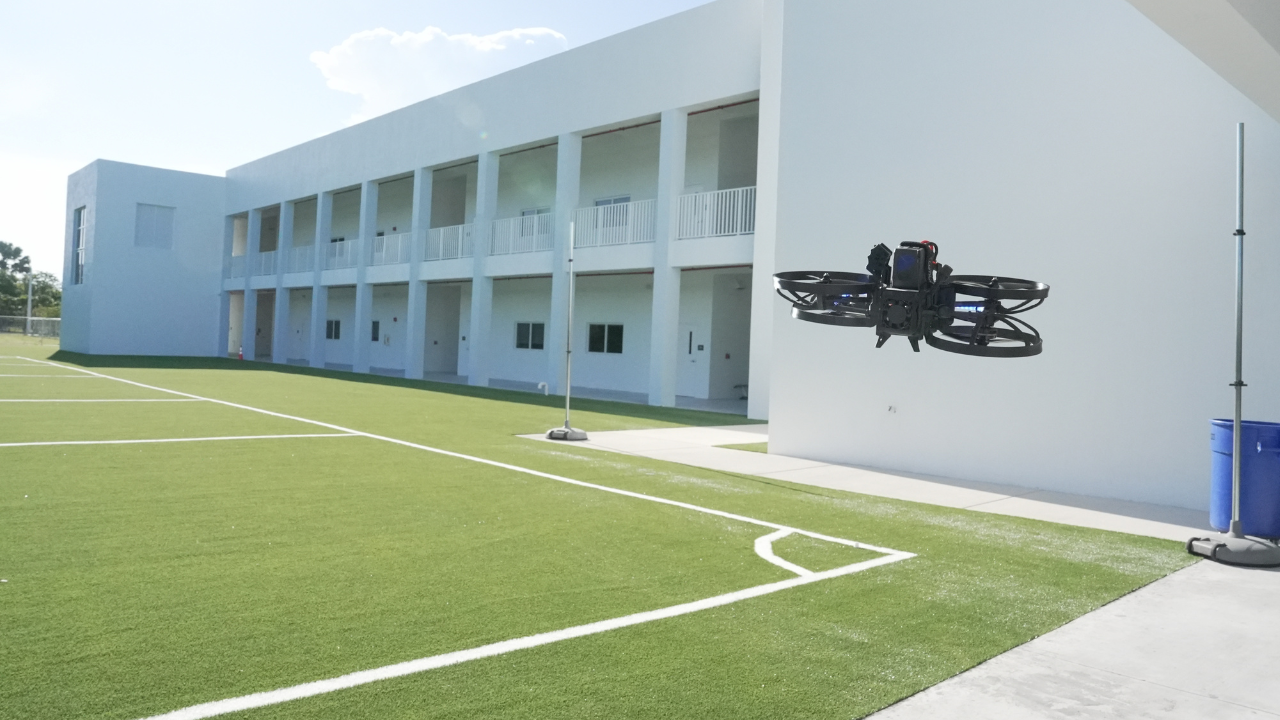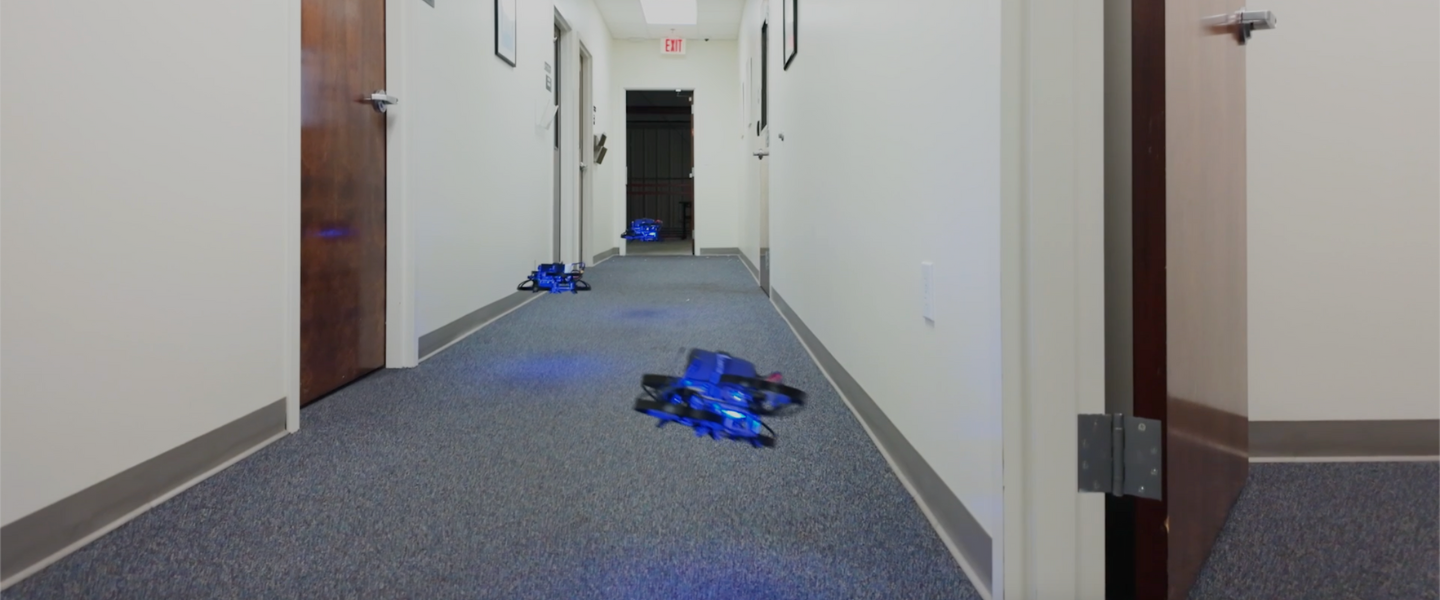Justin Marston
•
Founder & CEO
July 25, 2025
Part I: Reducing the Trauma of Gun Violence in School
August 2, 2025
.png)
In schools, shootings are still at all-time highs - the number of school shootings in each of the past four years is significantly higher than in all previous years.
.png)
In a YouGov survey of 10,000 US adults, summarized in Nature Mental Health:
“Findings revealed that 20.1% of respondents reported a mass shooting in their community, 18.3% had been threatened with a firearm, and 2.2% and 2.4% were injured in mass and non-mass shootings, respectively. Between 58.6% and 94.4% reported mental health consequences across exposure types, with younger individuals and women particularly vulnerable.”
Of course, a school shooting causes lasting mental health issues related to trauma for children:
- According to a scientific study at Northwestern University:“School shootings not only cost communities the lives of students and educators, but these devastating events can leave surviving students traumatized. A new study finds that the use of prescription drugs to treat mental health conditions, including depression and anxiety, increased by over 25% among youth living near fatal school shootings. Five and a half years later, the use of these medications remained high.”
- From a publication from researchers at Stanford University:”… we estimate that more than 100,000 American children attended a school at which a shooting took place in 2018 and 2019 alone. While many students are physically unharmed, studies have consistently found consequences to their mental health, educational, and economic trajectories that last for years, and potentially decades, to come.”
But beyond the shootings themselves, the frequency of lockdowns for active shooters are causing a wave of trauma in our teachers and young adults:
- 34% of high school teachers say they experienced a gun-related lockdown in the 2022-23 school year. (Source: Pew Research)
- 23% of all teachers say they experienced a lockdown in the 2022-23 school year because of a gun or suspicion of a gun at their school. (Source: Pew Research)
- 21% of Texas high school students and their friends experienced a gun-related lockdown during 2024. (Source: Texas Student Council on School Safety)
- 2,301 (12%) high school students from a sample size of 18,892 missed school days in the past month due to concerns about physical safety. (Source: CDC)
- 78% of Texas high school students think that not enough is being done to defend against school shootings. (Source: Texas Student Council on School Safety)
-
Reducing trauma is not just about avoiding another Uvalde or Parkland, it’s about giving kids the confidence that they are protected at school and can focus on learning. Our schools shouldn’t be militarized prisons, and children should not spend time thinking about personal evacuation tactics in the case of a shooting.
How can we reduce the Trauma?
There is no silver bullet, but I’ll structure my thoughts here into four categories, which we will be publishing as a series of blog articles over the coming weeks:
- Reduce the Occurrences
- Reduce the Killing
- Reduce the Dying
- Reduce the Fear, Uncertainty and Doubt (FUD)
Campus Guardian Angel uses human-flown, less lethal drones as part of a managed service to counter school shootings, together with apps to improve situational awareness and decision making. The service is staffed by a team of elite professionals who have spent their careers in the military and SWAT doing hostage rescue alongside some of the best drone pilots in the nation.
We can help in each of these four areas, alongside other tools, techniques and procedures, to reduce trauma from gun violence in schools across the U.S.












